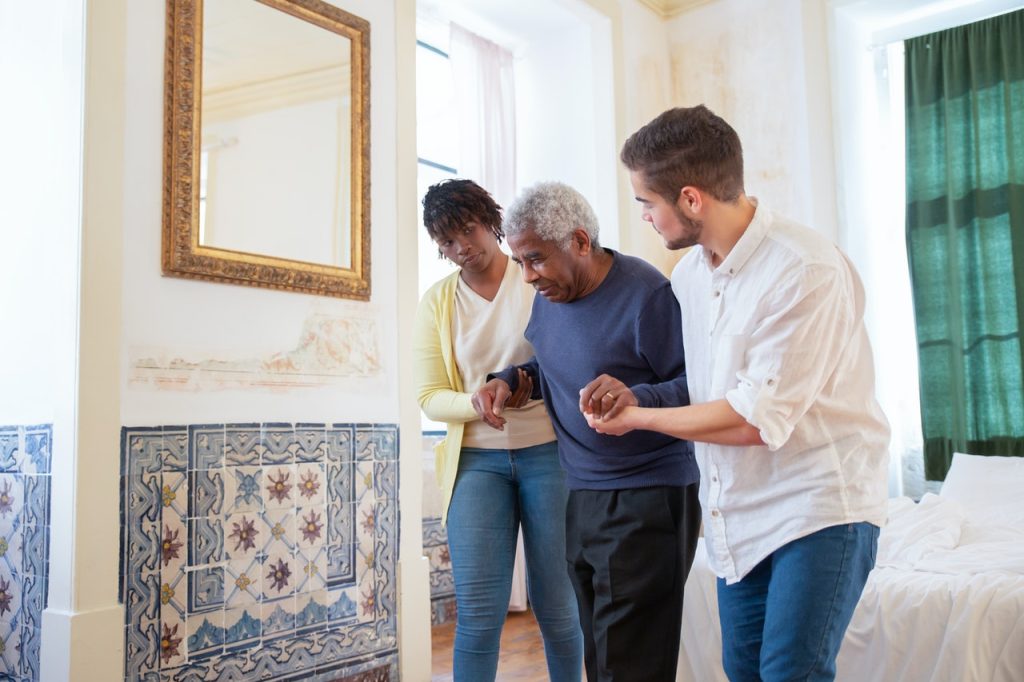Real-time Data Helps Research on when Older People Fall

When older people lose their balance, they often struggle to recall the circumstances, making studying this phenomenon challenging. Now, a Virginia Tech study using wrist-worn voice recorders concludes that voice recorders are effective at capturing the circumstances and context in which they lost their balance and potentially fell, without relying on recall later. The findings were recently published in the Journal of American Geriatrics Society.
The study, led by Michael Madigan in the College of Engineering, builds on years of his own foundational work and prior research conducted by the University of Michigan Medical School. “In the past, researchers would ask participants to recall what they were doing when they lost their balance, but memory can be unreliable,” said Madigan. “With this new method, participants record their experiences immediately after an incident, providing much more accurate and detailed information.”
Real-world insight
In this study, 30 participants, who averaged around 72 years of age, wore voice recorders on their wrists over the course of three weeks, and in the event of balance loss, turned them on to record answers to these key questions:
- When and where did the balance loss occur?
- What were they doing at the time?
- How did they attempt to regain their balance – did they grab a railing, take steps, or sit down?
- Why do they think they lost their balance?
- Did they fall?
This immediate, self-reported data was analysed by Madigan and his team. Instead of waiting to meet with researchers after losing their balance, participants could reflect on what happened in the moment.
“We’re trying to better understand the circumstances in which people lose their balance,” Madigan said. “This process doesn’t require people to think back weeks or months to an incident, especially when memory can be unreliable.”
Participant experience
Maria Moll, a retired epidemiologist and study participant, found the research particularly meaningful, especially as someone in her 70s who remains physically active. After a friend experienced a fall, Moll became more interested in contributing to balance-loss prevention research.
“I’ve always been interested in physical fitness and balance, especially as I age,” said Moll. “This study made me more mindful of my movements, particularly during more challenging activities like hiking.”
The future of real-world data collection
Looking ahead, the team plans to expand the study to larger groups and combine the data with other lab-based measurements. By doing so, they hope to identify individuals who are most at risk of balance loss and develop strategies to proactively address those risks.
“We want to give clinicians the tools to intervene before a fall occurs,” said Madigan. “This method can provide more reliable, detailed information that helps us understand not just how people lose their balance, but why.”
Source: Virginia Tech





